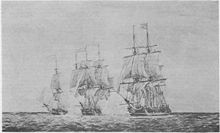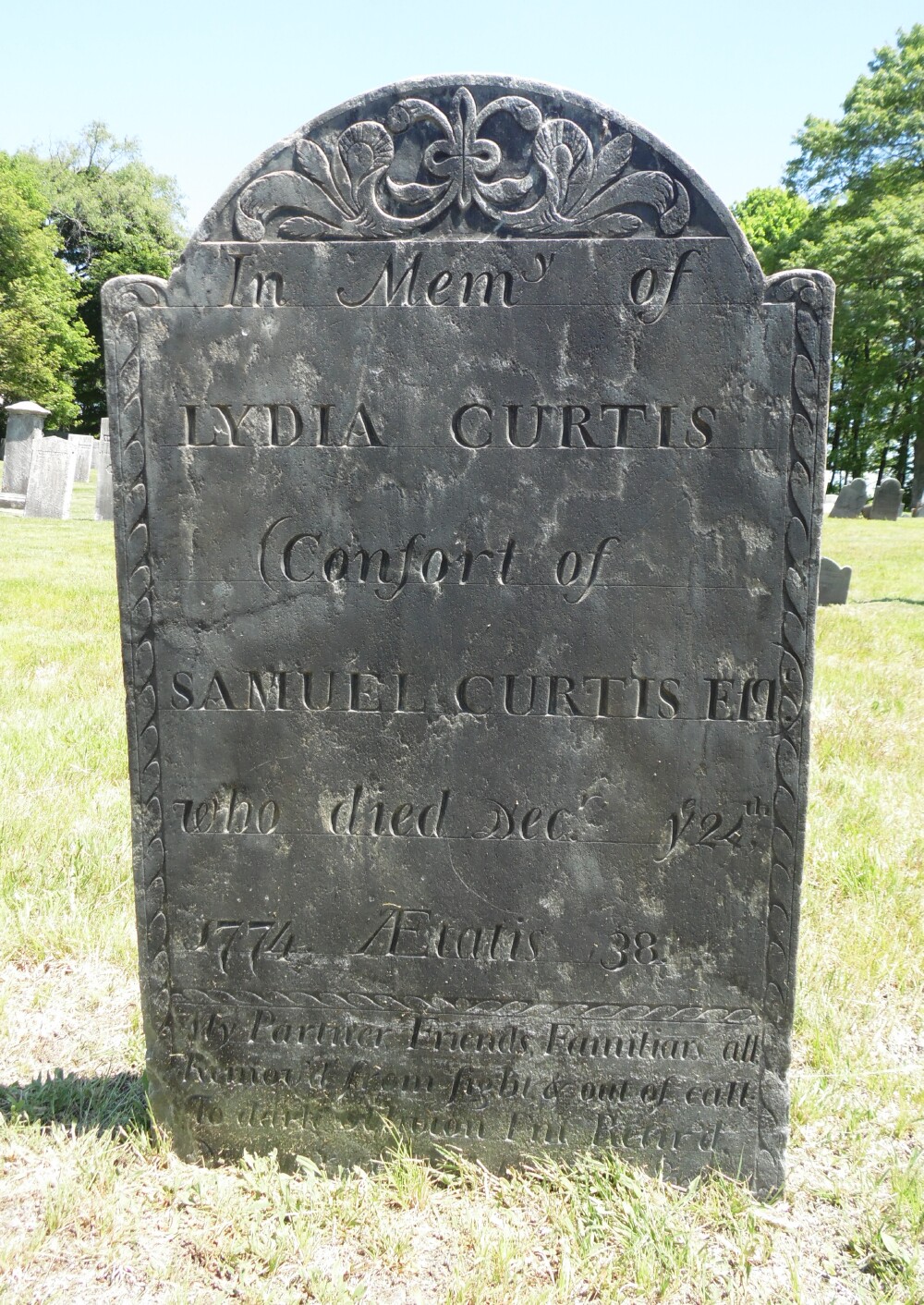When,
last September, I left
Dr. Samuel Curtis of
Marlborough, his wife
Lydia and their two
babies had all died in December 1774.
Lydia Curtis had been married before, to
Dr. Ebenezer Dexter. Three teen-aged sons from that first marriage were still alive. The oldest,
William Dexter, married in
Shrewsbury in early 1775, so he was probably already in that town, training under another
medical doctor.
I suspect the younger two boys were living with Lydia’s parents, who were wealthy and influential in Marlborough.
Dr. Curtis had served on Marlborough’s committee of correspondence since 1772 and represented the town at the 1774 Middlesex County convention. After his wife’s death, he may have thrown himself even more into the Patriot movement. In March 1775, as I
recounted here, Curtis took the lead in hunting for
British army spies seeking refuge at
Henry Barnes’s house.
There are no records of how Curtis responded to the outbreak of war the next month. His name doesn’t appear in
militia records. He continued to serve on town committees, and in the fall of 1775 the
Massachusetts legislature appointed him a justice of the peace.
(Dr. Curtis was a son of the Rev. Philip Curtis of the second precinct of
Stoughton, which in 1775 became the new town of Sharon. Late the following year, Samuel’s younger sister Susanna Curtis married his former trainee,
Dr. Daniel Cony [1752-1842, shown above later in life], whose family had moved out to
Shutesbury. Dr. Cony spent chunks of the next few years in military service. Eventually the Conys moved up to
Maine, where one of his medical colleagues was the midwife
Martha Ballard. But I digress.)
William Dexter turned twenty-one in 1776. I believe that meant he came into his mother’s Marlborough property, where Dr. Curtis had been living as a widower. That gave the doctor three reasons to make a life change:
-
psychological, after his wife and children’s deaths.
-
domestic, as his stepson was taking over the family home.
-
political, to help fight the war.
And impulse control might not have been Curtis’s strength.
In March 1777, Dr. Samuel Curtis signed on to be surgeon aboard the
Hancock, the first frigate built for the
Continental Navy. He would serve under Capt.
John Manley, who in the fall of 1775 had proved to be the most stealthy and successful naval officer in the Continental military, winning several important prizes. Manley had been granted the authority of a commodore, meaning that in company with other Continental vessels he could boss their captains.
The
Hancock was an excellent product of
Newburyport shipwrights. Some British officers would even deem it “the finest and fastest frigate in the world.” It carried 24 twelve-pounder
cannon and 10 six-pounders, plus a crew of 290 men. Dr. Curtis spent his first two months in the navy collecting medical supplies for that vessel.
On 21 May the
Hancock slipped out of Boston harbor, past the
Royal Navy patrols lurking in the ocean. Along with it came the Continental frigate
Boston, 30 guns, commanded by
Hector MacNeill; the
privateer American Tartar, 24 guns, under
John Grimes; and eight other, smaller privateers. Manley’s target was British fishing vessels and unaccompanied merchant ships.
TOMORROW: Dr. Curtis’s first fights at sea.






